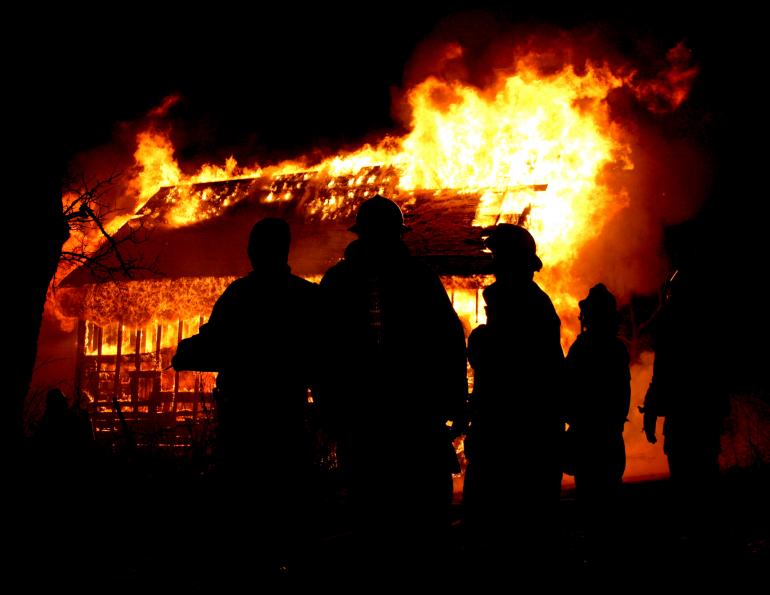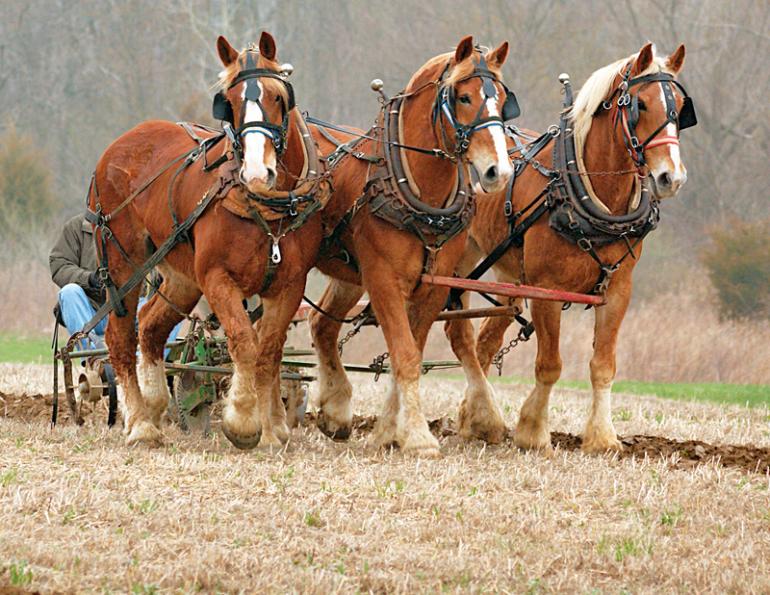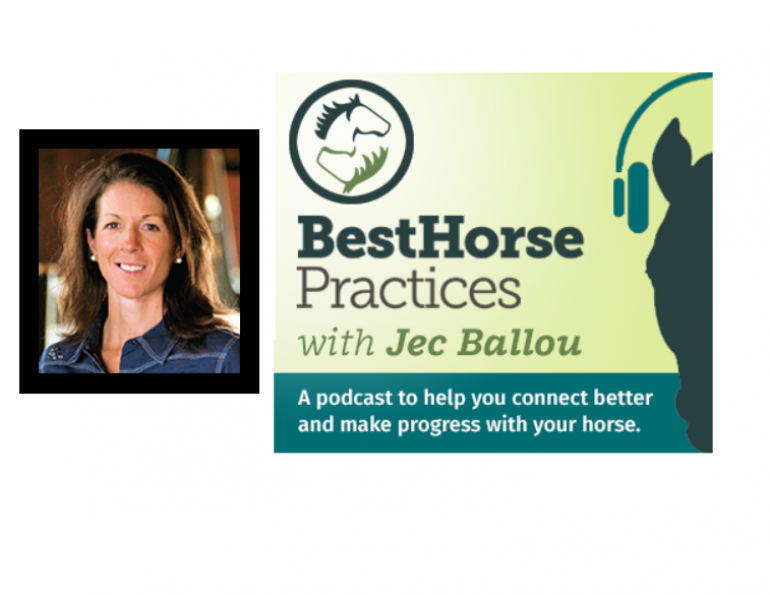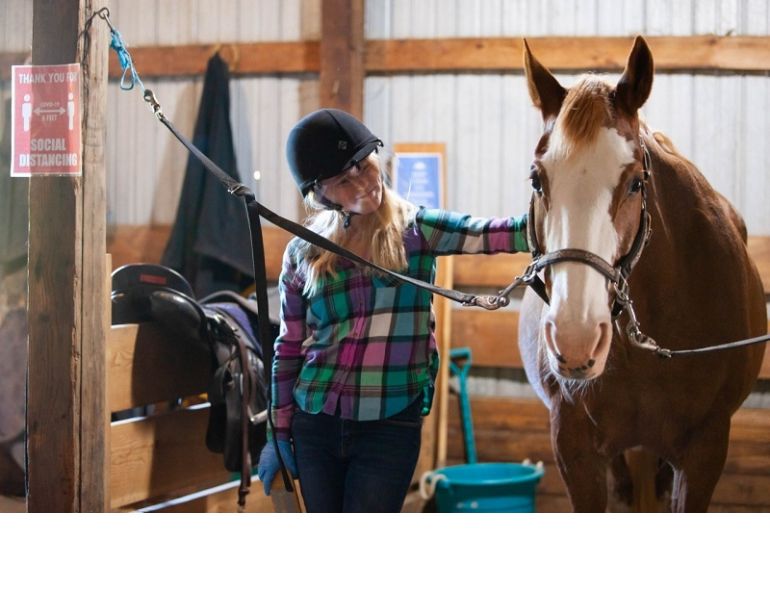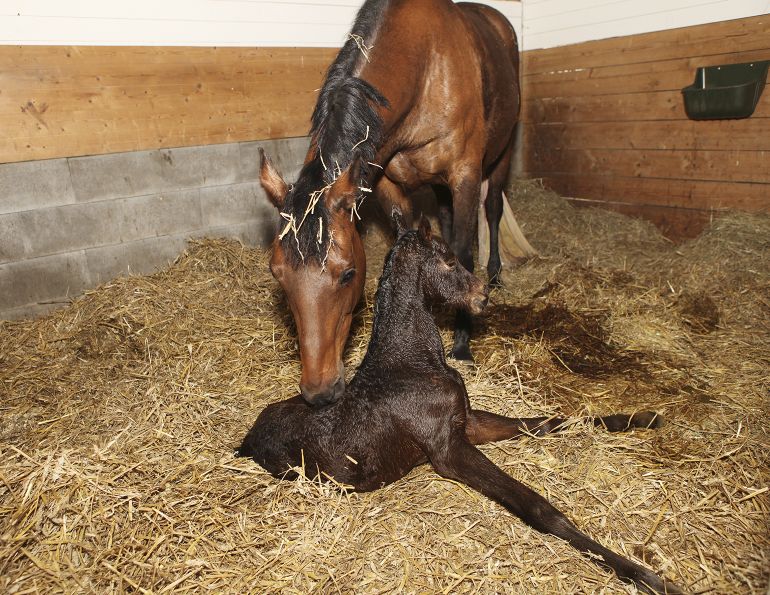Find Them with a Fire Safety Site Visit
By Jackie Bellamy-Zions
No one sees the hidden hazards in your horse barn quite like an expert. One simple call to your local fire department for a site walk through may be the best investment you make to protect your herd. As advocates of prevention, featuring the Barn Fire Prevention Tool as Equine Guelph’s Tool of the Month for November, Equine Guelph and tool sponsor, Heartland Farm Mutual set out to discover the benefits of making that call.
After picking up the phone and speaking with Assistant Fire Chief, Jason Benn of the North Perth Fire Department in Ontario, it became crystal clear that having your local department out for a site visit is not only painless but the best way to create a solid pre-plan. Benn dispelled some of the fears callers have that a visit will result in huge costs involving infractions and enforcement. “We are there to give friendly suggestions,” says Benn, who has conducted many walk-throughs for local farms, boarding stables and such. “Information collected is kept private for fire service emergencies only.”
Benn goes on to explain how useful the information in a Pre-plan is in the event of an emergency. A Pre-plan includes mapping out the location of where all animals are being housed, as well as the location of all emergency utility shutoffs, and identifying all buildings on the property and sources of water available, should firefighters require access to it. Pre-plans should be stored in a neutral location on site, such as the side of the house or a drive shed.
Some of the most common topics discussed are to do with housekeeping and electrical. “Taking down curtains of cobwebs, properly storing piles of combustibles and putting electrical in conduit are all easy steps to improve fire safety,” says Benn. Having a No Smoking policy in the barn is, of course, crucial. With so many combustibles in a barn (hay, dust, bedding), taking an attitude that “it won’t happen to me” is like playing Russian roulette.
Where the horse owner may see a stack of neatly piled hay and a cozy tack room with a heater plugged in keeping the saddles free of mold, the fire fighter quickly spots all of your ignition sources and fuel sources and can make recommendations to reduce these risks. Implements, tractors and such should be stored in a separate building from hay and bedding. Fertilizer stored by hay could also cause a catastrophic event. Separation to alleviate fuel and ignition sources is a best practice when it comes to barn fire prevention.
There are also seasonal considerations that can increase a risk of fire. During cold months heating/electrical systems can be taxed when drinking water freezes then thaws; water buckets that are allowed to run dry can leave elements exposed causing bedding or other combustible material to ignite; attempting to thaw pipes with a torch is a huge hazard. Heat trace lines provide a solution to pipes that would otherwise freeze.
During harvest times, improper storage of crops containing too much moisture can cause spontaneous combustion. Prior to storing hay, a moisture check is important.
Benn also has recommendations for those planning to build, “It is a good idea to have someone from the fire department come in during the planning stages to look at building plan. Depending on the size of the facility we have requested water to be on site and helped calculate how much. We can also advise on lane widths, turn arounds, avenues to get around buildings and so on.”
Among the many interactive activities on the Equine Guelph Barn Fire Prevention Tool, there is a great quick reference sheet on the seven principles of life safety and barn design, and a Top 10 checklist for inside and outside the stable.
“Equine Guelph’s Barn Fire Prevention Tool is a practical way to promote education and awareness of farm safety,” says Jim Zyta, Vice President Loss Prevention/ Risk Assessment Specialist at Heartland Farm Mutual. “In the farm insurance industry, we have seen first-hand the many causes of barn fires and their devastating effects. Losses from such events are not only physical and financial, but can be very emotional for the horse owner. In many cases, the tragedy is realizing that the fire could have easily been prevented. We encourage all farm owners to use this simple checklist to identify the potential hazards in their own barn and help keep it a safe environment.”
“The big thing that was instilled in me since childhood, is to invest in your investment,” says Benn. If you look after it, it will look after you.” So don’t put off making that call for tips and a site visit from your local fire department, and do make use of the great resources out there on fire safety from Ontario Ministry of Agriculture Food and Rural Affairs, Ontario Federation of Agriculture, and Equine Guelph’s interactive Barn Fire Prevention Tool.
For further information, visit Equine Guelph.
Photo: iStock/Snapshotz



